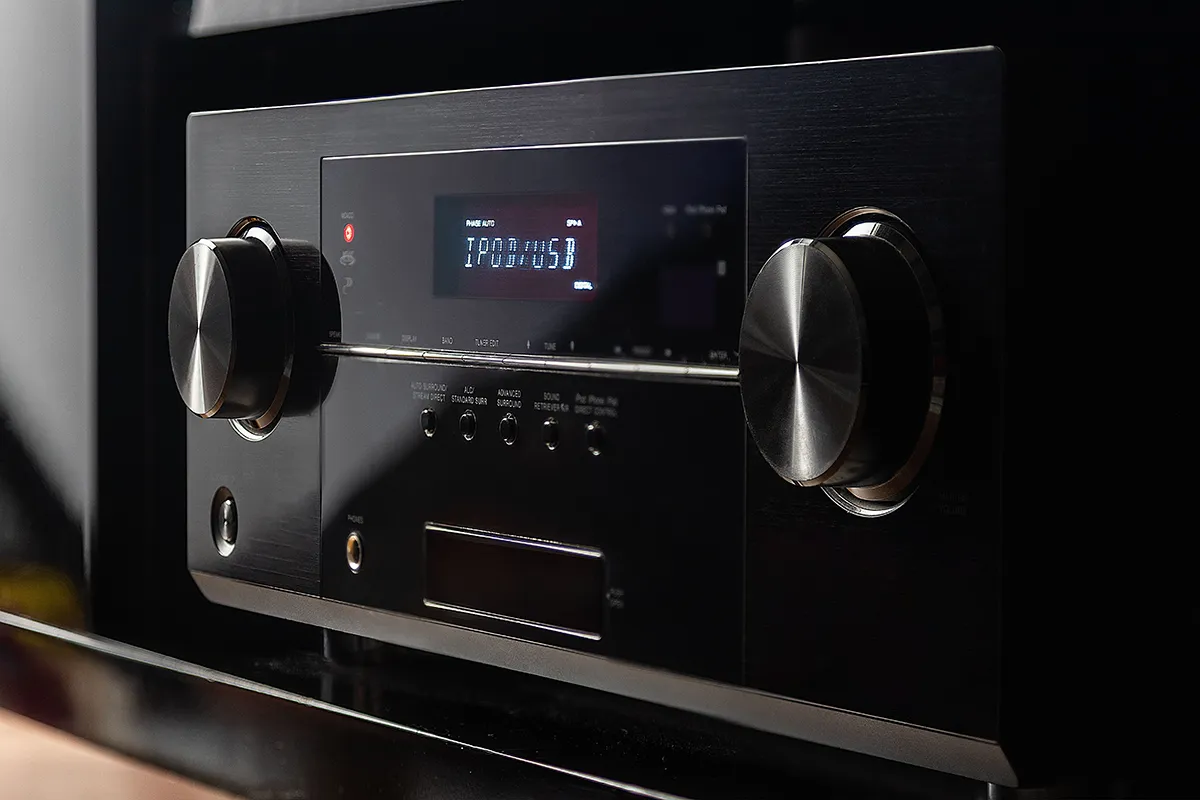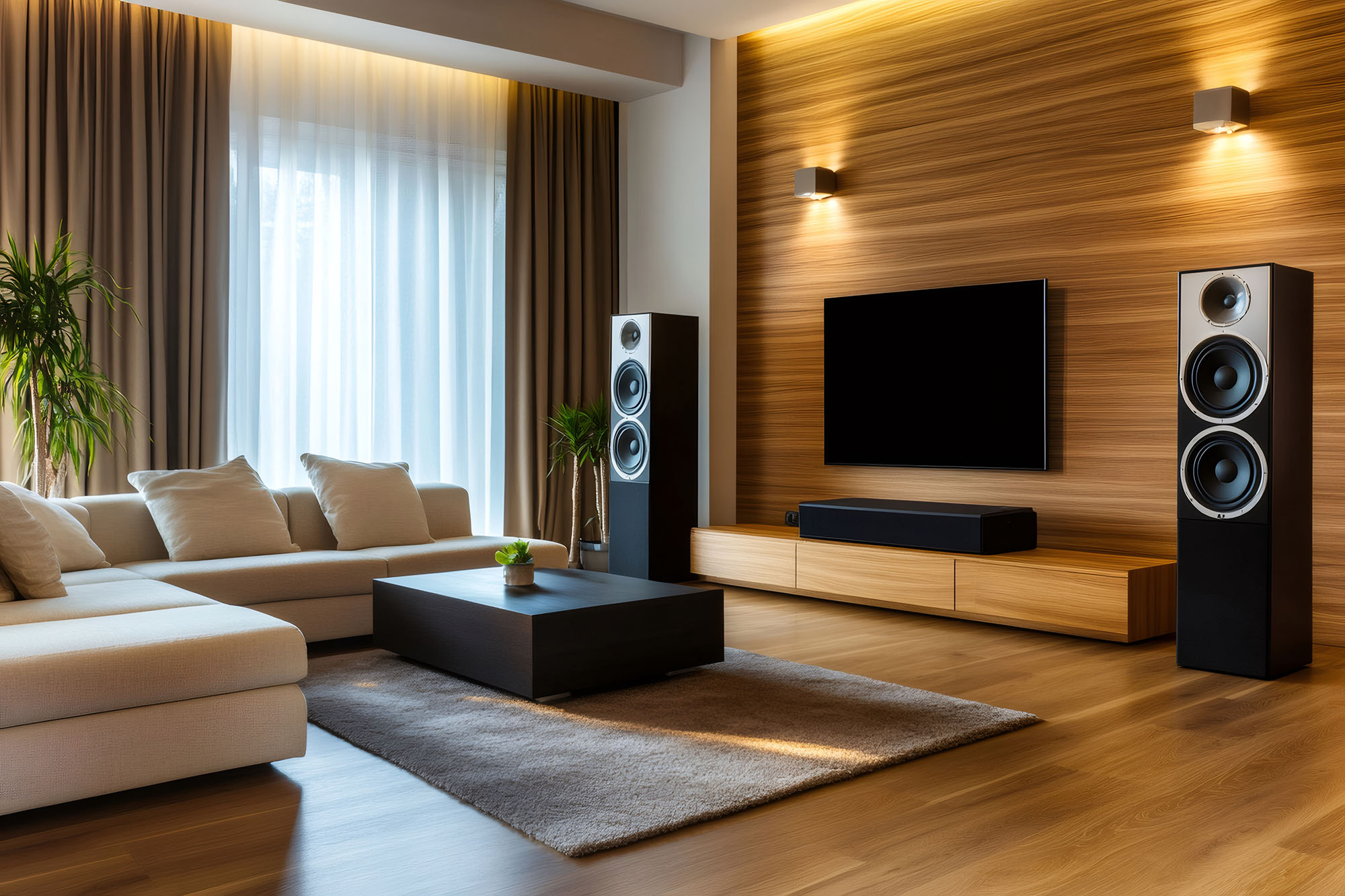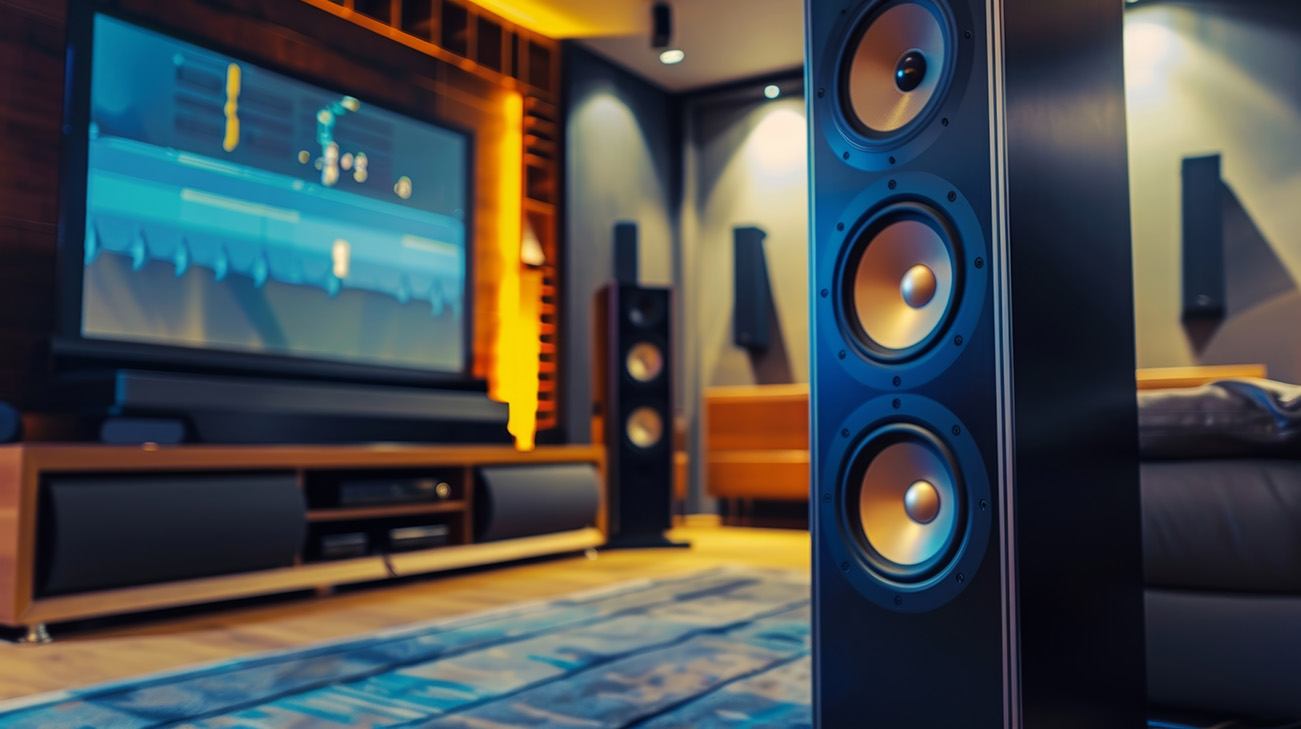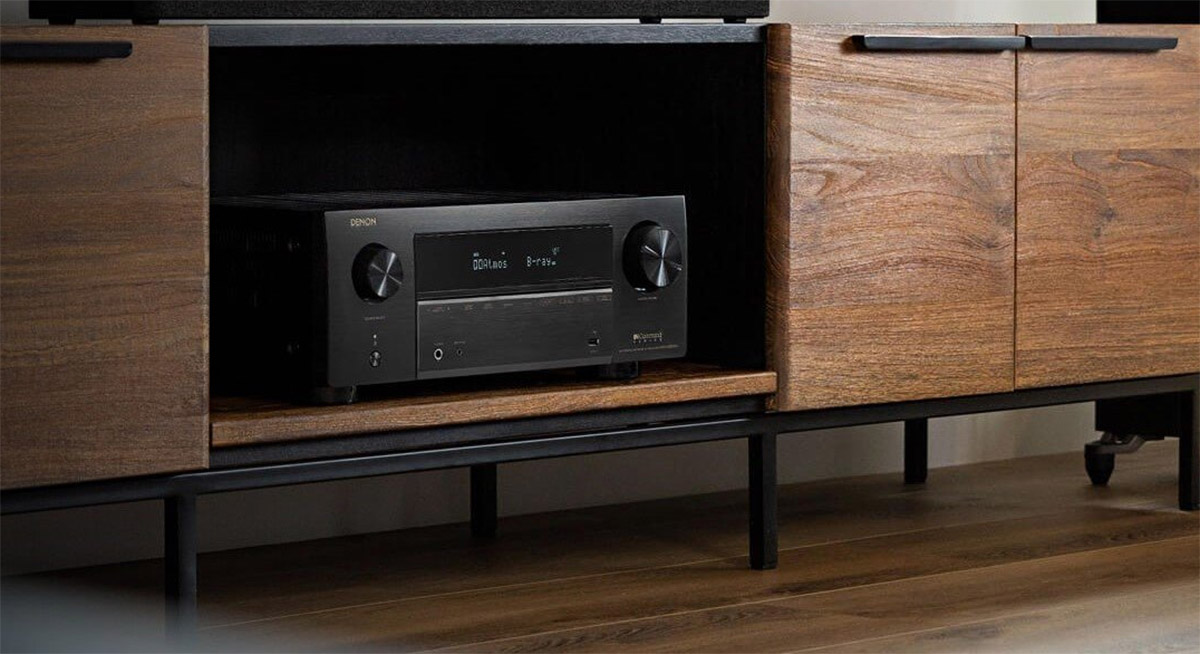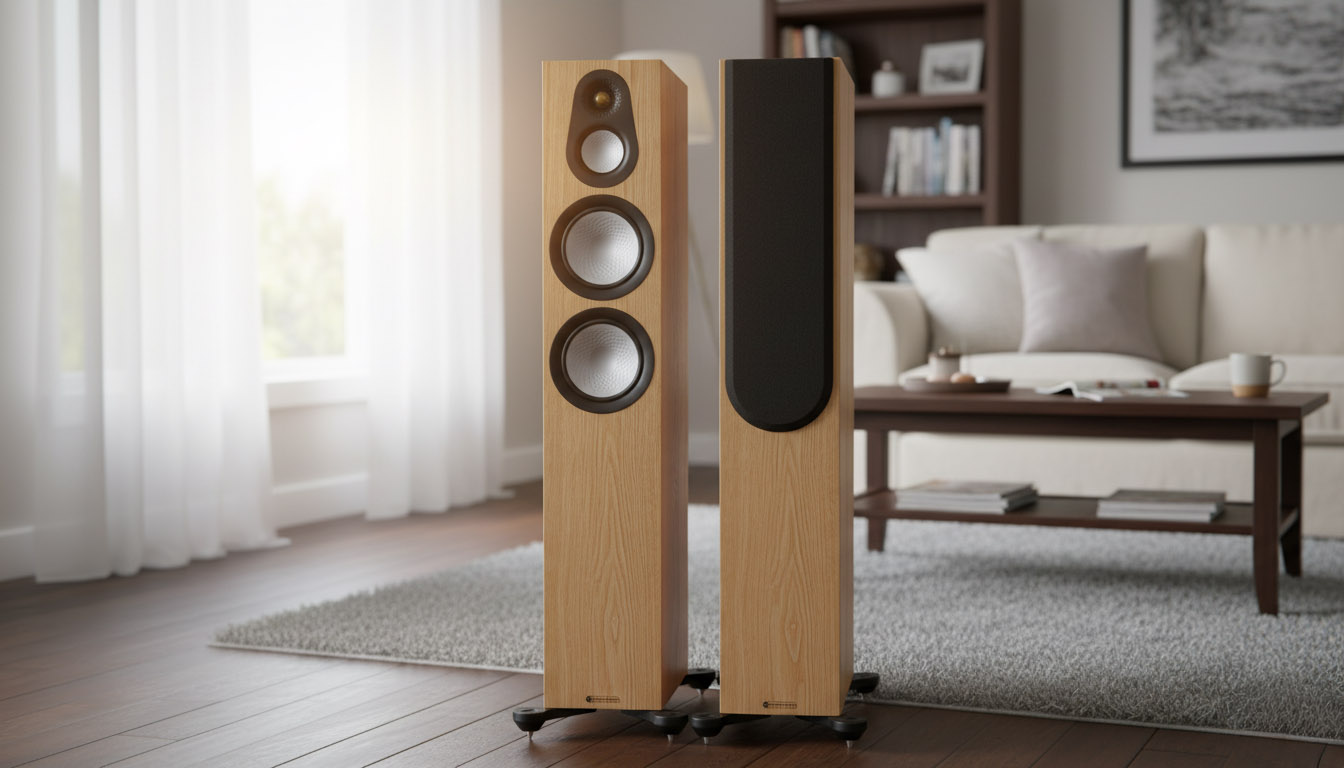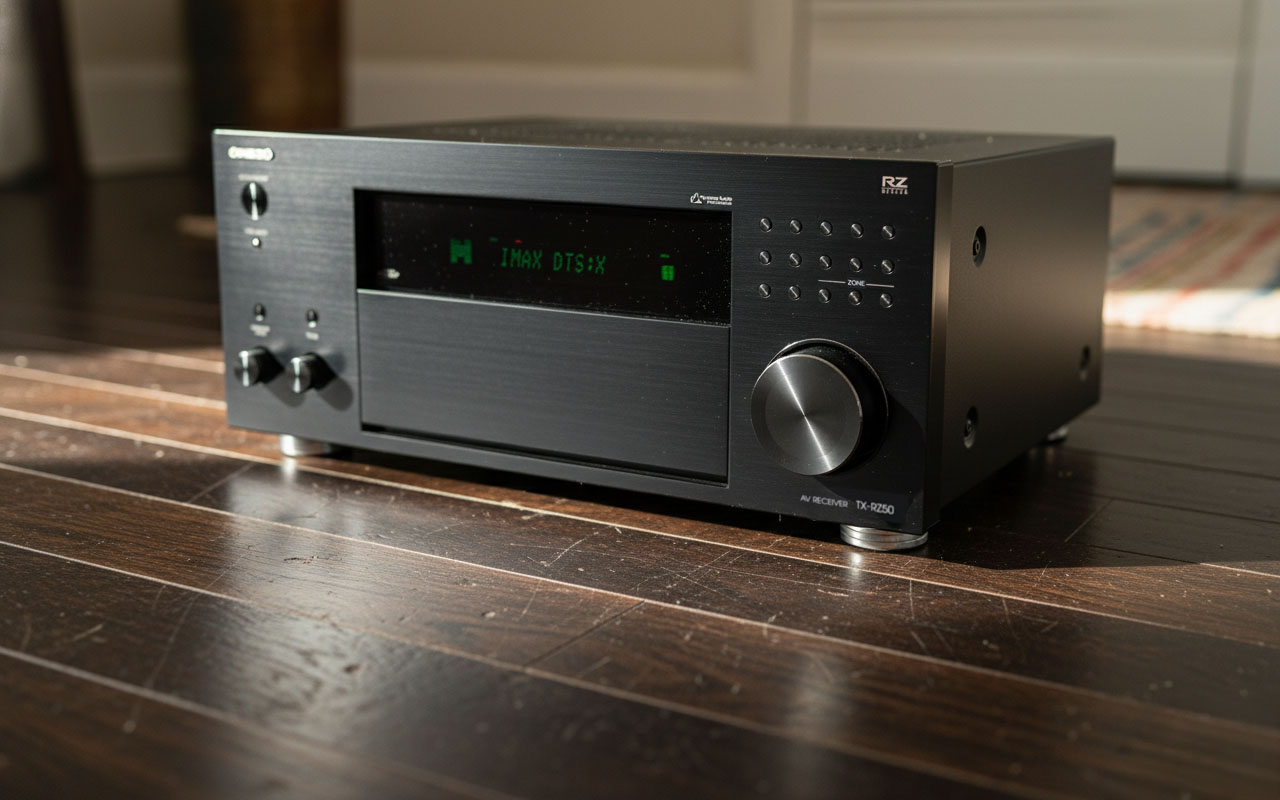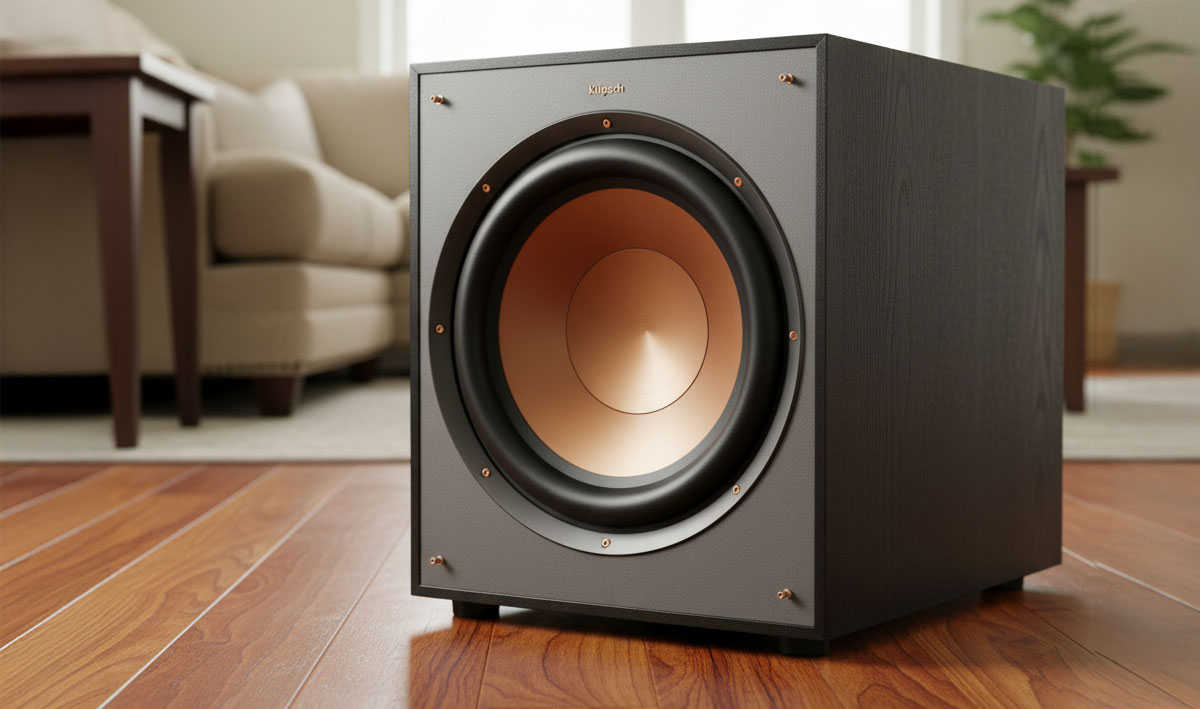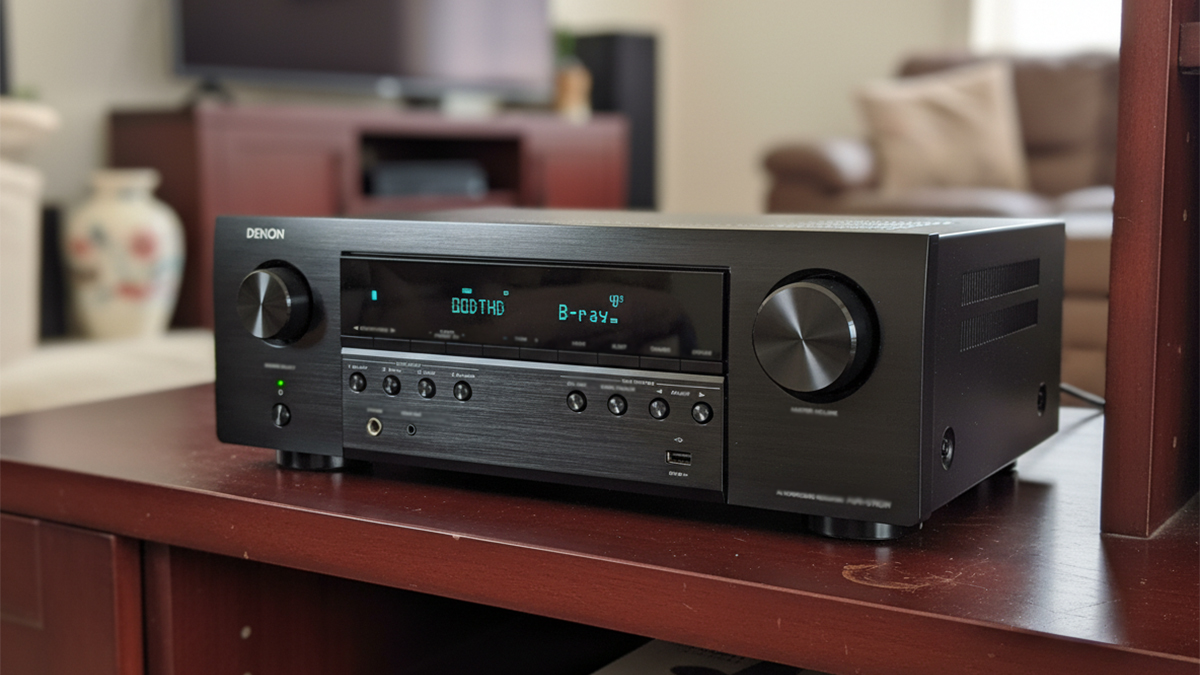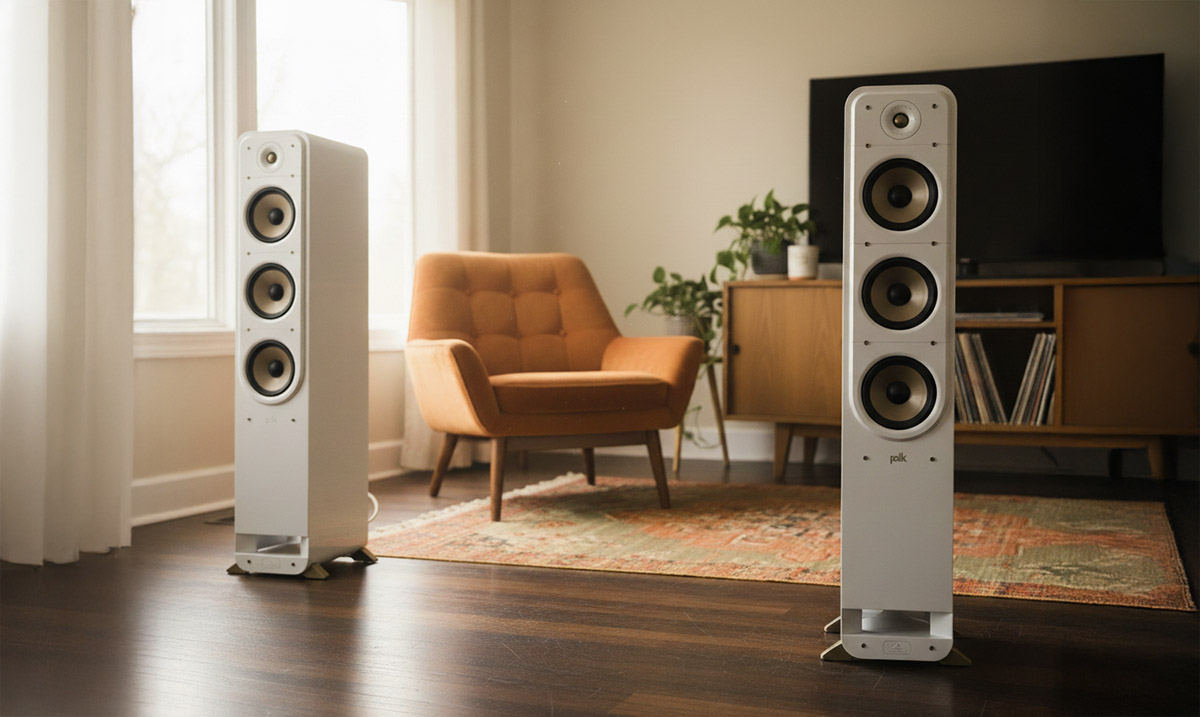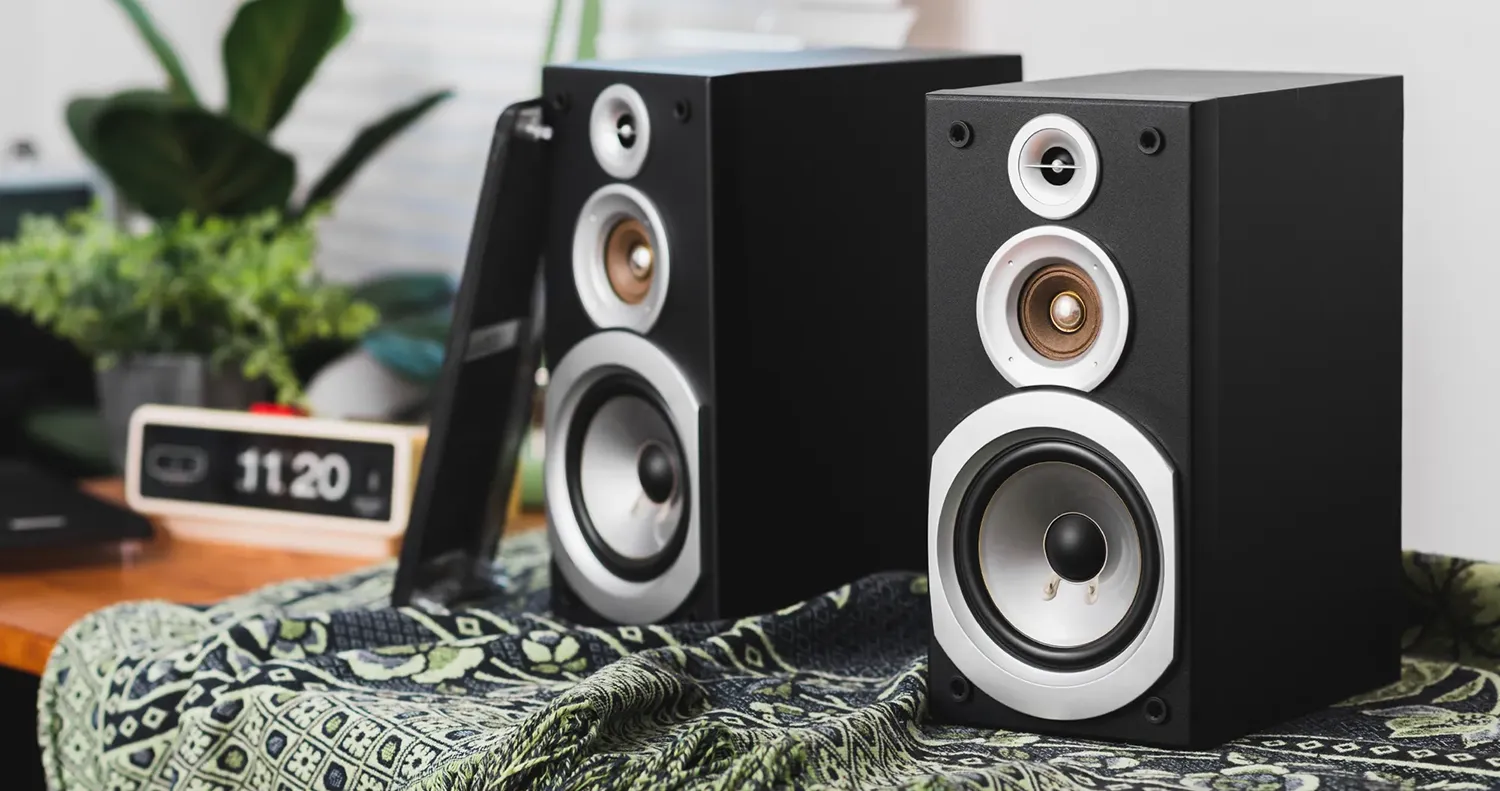Why Budgeting Matters
You want great picture, big sound, and a setup that feels effortless every night. The real question is not what to buy first, it is how to budget so everything works together. A smart budget guards against two classic traps, overspending on one flashy piece while starving the rest, or buying cheap twice.
The Golden Split That Saves Money
Put about 50 percent into speakers and subwoofers, 25 percent into the display, 15 percent into the receiver or amplifier, and 10 percent into the rest. The rest covers stands, mounts, wiring, power, and small acoustic fixes. That ratio keeps the heavy lifting on the audio side where it belongs, since sound is half the experience and often more once the screen is already good.
Start With The Room, Not The Cart
Room size and shape decide how far your budget stretches. Small living rooms do best with compact speakers and a single quality sub. Open plans need more cone area and sometimes dual subs to even out bass. Concrete floors change how low frequencies behave, so plan for placement time and a few acoustic touch ups like a thick rug and two panels at first reflection points.
Realistic Budgets And What You Get
Starter Living Room, about 800 to 1,200 dollars
A good soundbar with a wireless sub fixes dialogue and impact in one shot. You keep wiring simple and the family happy. Try Sonos Beam Gen 2 with the matching sub mini for apartments or bedrooms. Consider the Polk MagniFi Max AX SR for a wider couch. Add a mid tier streaming device and a sturdy full motion TV mount.
First Real Surround, about 1,500 to 2,000 dollars
Move to a modest receiver, a 3.1 speaker set, and a single sub. You will feel the step up in clarity and bass control, and you can grow to 5.1 later. Consider a Denon AVR S670H or Yamaha RX V6A, a pair of ELAC Debut 2.0 B6.2 or Polk ES20 for the fronts, a matching center, and an RSL Speedwoofer 10S MKII. Run room correction, set speakers to small, and cross at 80 hertz.
Balanced 5.1.2 For Movies And Games, about 2,500 to 3,500 dollars
Spend for a better receiver with two height channels, a stronger sub, and a center that anchors the room. Look at a Denon AVR X2800H or Onkyo TX NR6100, a front stage built around Klipsch RP 600M II or KEF Q350, a matching center, compact surrounds, and an SVS PB 1000 Pro or HSU VTF 2. Add two in ceiling or on wall heights for Dolby Atmos.
Big Screen In Controlled Light, about 4,000 to 6,000 dollars
Projector rooms ask for honest screens and thoughtful light control. Budget for blackout shades or heavy curtains. Pair an Epson Home Cinema 3800 or a BenQ HT2060 with a fixed frame screen around 120 inches. Keep the throw distance correct. Use a competent 5.1.2 speaker set like the tier above. In larger rooms plan for dual subs since smooth bass matters more than one monster box.
Dedicated Theater, about 10,000 dollars and up
This is where isolation, seating, risers, and acoustic treatment earn their keep. Build a strong 5.1.4 or 7.1.4 with dual subs before chasing boutique electronics. Choose a Denon AVR X3800H with external two channel amplification for the fronts if you want headroom later. Consider KEF Q series or Polk Reserve R series with two well placed subs from SVS, Monoprice Monolith, or HSU. Add four height speakers, four to six broadband panels, bass traps, and quiet ventilation.
Why The Split Works
Speakers and subs determine tonal balance, impact, and intelligibility. That is why they get the biggest slice. The receiver needs features you will actually use, clean power, and stable HDMI, but it does not need to eat the budget. Displays are excellent across many price points today. Spend enough for true local dimming and strong HDR on a TV, or a bright color correct projector in a light controlled room, then stop and let audio do its job.
Hidden Costs Worth Planning For
You will need a quality surge protector, not a bargain strip that trips on a Tuesday. You will also need cable runs long enough to route neatly, with slack for maintenance. A proper ceiling mount for a projector saves hours of headache. Two small panels at first reflections and a thick rug do more for clarity than a cable upgrade. Budget for a universal remote or a smart control app if the family dislikes juggling four remotes.
When Used Gear Makes Sense
Receivers drop in price fast when a new codec generation lands. Last year’s mid tier model can be a smart buy if it supports the HDMI features you need. Speakers age well when treated kindly. You can stretch a budget by buying used stands and a center channel, then putting more into a new sub and front pair. Skip used projectors unless bulb hours and panel condition are documented.
Common Budget Mistakes To Avoid
Do not buy a giant TV, then leave 100 dollars for audio. Dialogue is what you hear most, and without a real center channel or a capable soundbar, you will ride the volume all night. Do not chase watt numbers on a box. A clean 80 watts per channel with real current beats a flashy rating that sags into noise. Do not buy one enormous sub if your room has nasty nulls. Two smaller subs placed well will feel louder and cleaner almost every time.
Example Shopping Lists
Apartment Friendly 2.1, about 1,200 dollars
Yamaha R S202 or Sony STR DH190, ELAC Debut 2.0 B6.2, RSL Speedwoofer 10S MKII, sturdy 24 inch stands, decent 12 gauge wire, and a simple Bluetooth streamer.
Family Room 3.1, about 1,800 dollars
Denon AVR S670H, Polk ES20 left and right, Polk ES30 center, SVS PB 1000 Pro, wall mount for the TV, and a rug to tame slap echo.
Balanced 5.1.2, about 3,200 dollars
Onkyo TX NR6100, Klipsch RP 600M II fronts, RP 504C center, compact bookshelf surrounds, two in ceiling height speakers, HSU VTF 2 MK5, and basic panels at first reflections.
Projector Path, about 5,500 dollars
BenQ HT2060, 120 inch fixed frame screen, Denon AVR X2800H, KEF Q350 fronts, Q250C center, Q150 surrounds, dual RSL Speedwoofer 10S MKII on opposing walls. Add blackout curtains and dimmable sconces.
Spend In The Right Order
Buy the right size screen for your seating distance first, then lock in speaker locations with masking tape on the floor. Once placement is clear, pick speakers that fit those spots and match them with an AVR that has the channels you need. Add one good sub, then a second if the room refuses to cooperate. Finish with small luxuries, better seating, bias lighting, and a simple universal remote. Calibrate in that order and you avoid do overs.
How To Know The Budget Is Right
You should watch a quiet film without subtitles and follow every line. You should feel bass during an action scene without boomy blur. You should switch from a live acoustic track to a game stream and never reach for tone controls. When that happens, you allocated well.
Bottom Line
A home theater is a system, not a pile of parts. Budget with intention, keep half for speakers and subs, spend enough on the screen to enjoy HDR or a proper projection image, and choose an AVR that supports the layout you plan to run for the next few years. Add cables, mounts, power, and a touch of acoustic care so the room supports the gear. Do that, and even a modest budget becomes a room you look forward to every night.
Teksignal.com participates in the Amazon Services LLC Associates Program, an affiliate advertising program designed to provide a means for sites to earn advertising fees by advertising and linking to Amazon.com. The reviews and articles on this site are hands-off consensus reviews and observations. We analyzed owner feedback across the internet and manufacturer documentation. We summarize sentiment; we do not republish individual user posts.




